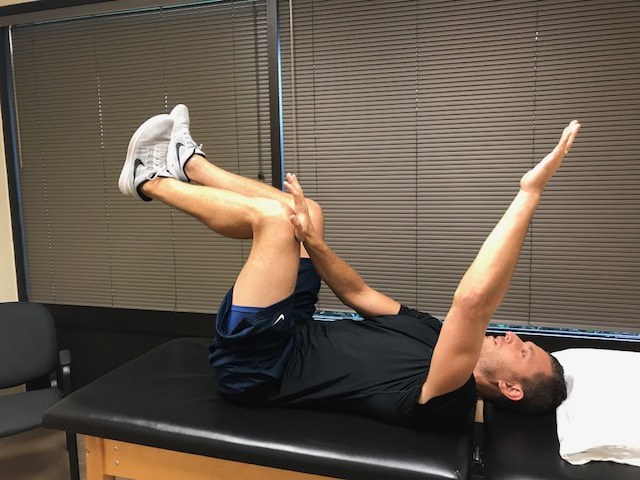|
Patients always ask us “Why does my _________ hurt?” Sometimes, there’s a straight-forward answer (e.g. rolled ankle, lifted a heavy object, bit by a shark while kite surfing). Other times, especially when the pain is chronic, things get a little more complicated… To get a better idea of how pain works, we can start with a general idea of where it can come from. The body is comprised of different kinds of tissues including skin, fascia, muscles, bones, and nerves. These tissues have sensors that detect injury and send signals to the brain, which then makes a decision: “Where is the pain occurring? How painful is this injury? How does this make me feel? What do I do now?” With the majority of our injuries, our brains and bodies eventually shrug the pain off, even if it takes a few weeks to do so. Unfortunately, during the complicated cases, the pain signal becomes ingrained in our brains and we begin to experience chronic pain. We all know someone going through this. Taking pain medication becomes as routine as brushing their teeth. However, while medication can help, there is a limit to its effectiveness. To truly overcome pain, an active approach is necessary to re-train the brain and body to tolerate more movement and lead to a normal lifestyle. However, what a patient can do to be active is not always clear and sometimes even scary due to the fear of making the pain worse or causing further injury. If this is sounding all too familiar, a physical therapist can help by first discussing your pain experience and how the pain is being a detriment to your quality of life. From there, you and the physical therapist can collaborate to formulate a specific plan to get you back to kite surfing in safer waters. Check out this short video for better understanding of pain and general ideas for better pain management. For a more specific plan on what you can do to address pain, contact our clinic to schedule a visit so we can discuss ways to help you. -Daryl
0 Comments
The 'dead bug" has long been used as a go-to core exercise in physical therapy clinics everywhere. While it is a great beginner exercise, I've always felt it needed a little bit more. Recently, I came across a great tweak on this classic to make it more challenging and effective. The Dead Bug Press
There you have the Dead Bug Press. I hope you can add it to your current ab routine. Let us know what you think!
If you have any questions, please let us know. Dominick |
AuthorThe therapists at SRVPT have a variety of backgrounds and are interested in sharing our knowledge with you! Check out their bios for more specific information. Archives
April 2024
Categories
All
|
|
San Ramon Valley Physical Therapy proudly serves the Alamo, Danville, San Ramon, Dublin, Pleasanton areas, along the 680 corridor.
© COPYRIGHT 2023 ALL RIGHTS RESERVED |







 RSS Feed
RSS Feed
